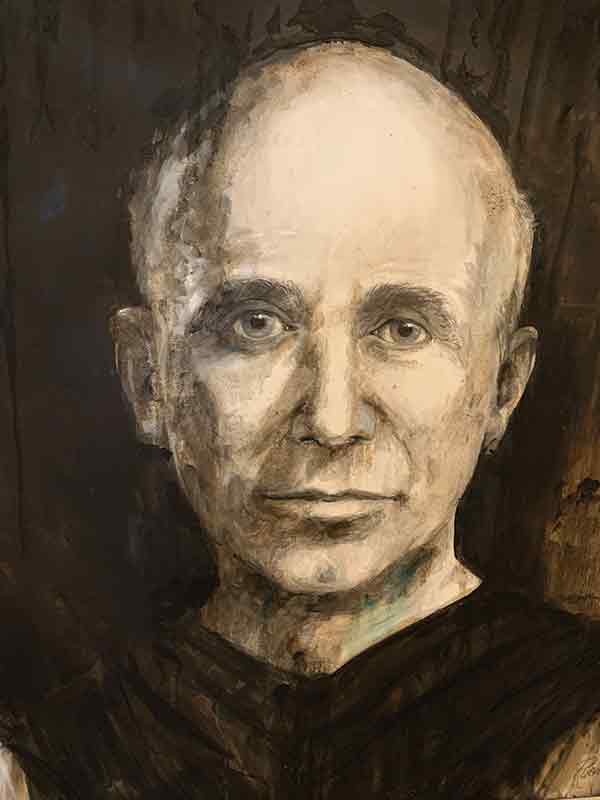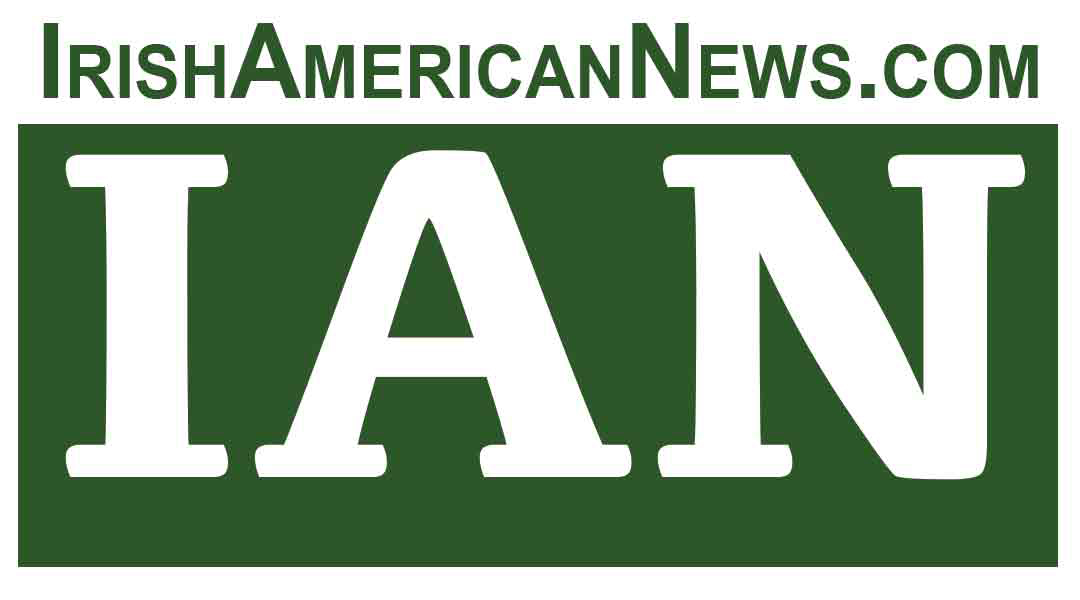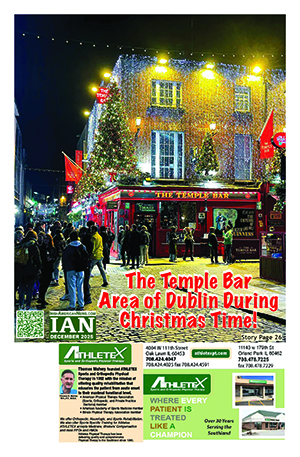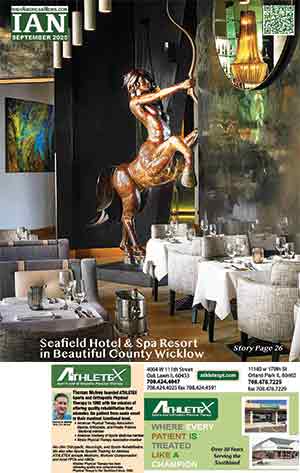By Sabina Clarke
The investigation into the strange death of the world famous Trappist monk and author Thomas Merton is further explored in this fascinating and detailed examination by authors David Martin & Hugh Turley —a riveting sequel to their first book The Martyrdom of Thomas Merton.
When Thomas Merton died in Thailand on December 10th, 1968, the Associated Press reporter John Wheeler said the cause of death was “accidental electrocution” according to an anonymous Catholic source.
However, the Thai police report states that Merton died of ‘heart failure.’They came to this conclusion without examining Merton’s body and failing to include in their report the bleeding gaping wound at the back of Merton’s head which the authors feel suggests the possibility that Merton may have been shot at close range by a silencer gun. The names of witnesses were misspelled and there was no autopsy performed.

Significantly, there was no mention of Merton’s body being wet in the Thai police report —which would contradict the narrative that Merton had stepped out of the shower and grabbed the fan and was electrocuted—this latter scenario fabricated a few years after Merton’s death by Brother Patrick Hart in an effort to give credence to the false narrative that Merton was electrocuted by touching the fan after stepping out of the shower.
That Merton died by accidental electrocution was disseminated to the mainstream news media and the public. An Abbey spokesperson told a Kentucky newspaper that an autopsy was performed on Merton in California knowing that this was a falsehood since no autopsy occurred.
The absence of an autopsy of a prominent figure and the speed with which his body was removed by the U.S. Army then embalmed and flown back on a military transport to the United States with casualties of the Vietnam War is “highly unusual” according to researcher and co-author Hugh Turley.
Before Merton left for his trip to Asia to attend a Conference in Thailand, Abbot James Fox stepped down and into the shadows-- perhaps not to cast suspicion or raise any questions as to why Merton was suddenly granted permission to go on this extended journey since Fox routinely denied all of Merton’s invitations in the past by suggesting that Merton was “unstable and neurotic” and needed to be protected. And coincidentally, Fox’s longtime secretary and confidant Brother Patrick Hart was suddenly assigned to Merton before his trip to Asia.
Merton’s personal mail was intercepted-- further limiting his contact with the outside world. Merton told friends to mark the outside of the envelope ‘Faith Matter’ to subvert this. Also worth noting is the fact that Merton was asked to sign a document bequeathing all royalties to the Abbey upon his death. This appeared to be a precondition for his journey being approved --a document that seemed to have had some urgency. This is significant since Merton had often requested to be transferred to other monastic orders such as the Carthusians and the Camaldolese in a quest for solitude—requests that were repeatedly denied by his Abbot. Merton’s literary estate was a goldmine to the Abbey.
The authors David Martin and Hugh Turley suggest that Abbot James Fox and Brother Patrick Hart colluded in the cover-up and thwarted any real investigation into the cause of Merton’s death. Others named who were also involved in the cover-up are John Howard Griffin, Merton’s biographer and Naomi Burton, Merton’s literary agent.
Also, the CIA, Central Intelligence Agency, may have had a motive to silence Merton because of his vocal opposition to the Vietnam War recalling the assassinations of Martin Luther King and RFK.
Martin Luther King became a marked man when he gave his Beyond Vietnam speech, a powerful condemnation of the Vietnam War at Riverside Church in New York on April 4th, 1967; he was assassinated a year later on April 4th, 1968 in Memphis, Tennessee.
Robert F. Kennedy’s public criticism of the Vietnam War began in 1966 and gradually escalated culminating with his final address ‘Conflict in Vietnam’ speech at Kansas State University on March 18th, 1968; he was assassinated three months later on June 5th, 1968 at the Ambassador Hotel in Los Angeles after celebrating his victory.
Thomas Merton was destined to share the same fate; as a monk who was revered with a captive audience-- it is not a leap to consider the similarities to both RFK and Martin Luther King.
It is likely too that Merton was a particular threat to the War Machine and had to be silenced.
As mentioned, it was Brother Patrick Hart who came up with the false narrative that Merton took a shower and then stepped out of the shower and was electrocuted by a faulty fan. However, as seen in this photo taken by the Benedictine monk Celestine Say who was staying in the adjoining room separated by a thin partition, Merton was discovered wearing underwear or boxer shorts. He also stated that he did not hear Merton take a shower. Celestine Say, and two of his fellow monks thought the position of Merton’s body —as seen in this photo, looked like a staged crime scene; so they urged Say to take photos before the authorities were notified. Say decided not to give the photos to the Thai police fearing they would be confiscated but he did send the photos to Gethsemani, Merton’s Abbey in Kentucky. The photos of Merton’s body taken by Father Celestine Say were locked away and hidden for years until co-author and researcher Hugh Turley discovered what was written across an envelope containing the photos in Box 511, Folder 14 in John Howard Griffin’s ( Merton’s biographer) papers.
So, Turley drove to the Butler Library of Columbia University, Merton’s alma mater in New York for the express purpose of looking in Griffin’s papers for the envelope and negative strip. Across the envelope was a handwritten note to the Abbot Flavian Burns from Brother Laurence, “ B. Flavian, Brother Patrick is concerned about these negatives. They are for H. Griffin as you know. B. Laurence.”
Then Turley asked the Library to develop the negatives-- evidently they did not know what they had.
Another fascinating missing piece to this puzzle is the mysterious Belgian Benedictine monk Francois de Grunne who was the last person to see Merton alive and the first person to discover Merton’s body. After the morning session of the Conference, de Grunne accompanied Merton back to the cottage. Hours later, when there was concern that Merton was not answering the door to his cottage, de Grunne was heard pacing the floor above Merton. His odd behavior was noted by others and called “suspicious” to the point that one may easily pose the question was his job to deliver Merton to the professional assassin?
Both before and after the discovery of Merton’s body—others at the scene commented on de Grunne’s strange behavior and his unusual comments that seemed odd and inappropriate given the tragic circumstances. When researcher and co-author Hugh Turley reached out to de Grunne’s Abbey he was given no information about de Grunne —it was as if de Grunne had disappeared into thin air.
The authors present a powerful argument supported by new information and detailed analyses to support their thesis that Merton was most likely murdered for his writing against the Vietnam War.
Merton’s shift from an introspective monk to an outspoken critic of the war in the 60s was most likely influenced by his worldwide correspondence and friendships with people like Dorothy Day, Mahatma Gandhi, Martin Luther King, Jr., the Buddhist monk Thich Nhat Hanh, the Jesuit priest and activist Daniel Berrigan who often was a visitor at Gethsemani , and Jacques Maritain , the French Catholic philosopher – all were important influences.
The first article Merton wrote specifically addressing the Vietnam War or war in general was ‘The Root of War Is Fear’ published in 1961 in the Catholic Worker newspaper founded by Dorothy Day. This marks his entry into writing about war as a moral and social issue and led to his later critiques of the Vietnam War in the mid 60s such as ‘The Vietnam War: An Overwhelming Tragedy’ that was published in the Catholic Worker in 1965.
In 1962, Merton was ordered by the Abbot General of the Trappist Order in Rome, Gabriel Sortais to stop writing about war and peace because it “falsifies the monastic message.”
Yet in May, ‘64, he wrote a letter to President Lyndon Johnson beginning with “As a priest and monk of the Church, I would like to add my voice to the voices of all those who have pleaded for a peaceful settlement in Vietnam.” and in February ‘65 he again wrote a letter to President Johnson and opened with “ As a Catholic priest and theologian, I have studied and written about the question of peace and war, with particular reference to Pope John’s Pacem in Terris” and concluded with “ In short, I think the U.S. military would do more for democracy if they got out of Vietnam than they are doing there now.”
Although, Merton stopped his public writing, he started privately mimeographing and disseminating what he called his Cold War Letters that were clandestinely distributed to his circle of friends with the directive marked ‘strictly confidential not for publication.’
Thomas Merton’s Betrayers….a sequel to their first book The Martyrdom of Thomas Merton culminates in the first serious investigation into the death of Thomas Merton, the greatest contemplative of the 20th century. Martin and Turley methodically identify the betrayers of Thomas Merton – and there are many-- and the secrecy surrounding their conversations about what information to conceal regarding Merton’s death.
Regarding the official report of the cause of Merton’s death there were doubts among those who knew him.
The cleric and scholar Emmanuel McCarthy did not believe the official report given for Merton’s death: “ I was sitting in the cafe at the University of Notre Dame and my immediate reaction to this detail devoid story was that I knew he was murdered. By any worldly standard, he was an enemy of the state.”
Ed Rice, Merton’s close friend from Columbia University who upon learning about Merton’s death said, “There was dirty work at the crossroads” and Daniel Berrigan, the Jesuit priest and anti-war activist and a frequent visitor to Gethsemani said, “ There are some who may have not wanted him around. He was too close to the Gospel. And like Franz Jagerstatter, he was dealt with accordingly.”
According to author and researcher Hugh Turley, Merton’s Abbey kept the official death certificate, the U.S. Embassy Report and the Doctor’s Certificate of Death hidden because none of these documents state the cause of death as “accidental electrocution”. This would explain the need for secrecy. Turley is convinced that “the concealment of official reports, the hiding of the photographs, and the invention of false stories” indicate that Merton was murdered and the crime scene was staged.
Another key point to consider is that Merton’s biographer John Howard Griffin saw the significance of the death scene photos taken by Father Celestine Say and urged Abbot Flavian Burns and Brother Patrick Hart to secure the film negatives from Say. They praised Say for his work asking him to send the negatives for their ‘protection.’
Father Say did send them and the negatives became the property of the Abbey of Gethsemani, Merton’s Abbey in Kentucky.
The mystery of Thomas Merton’s death has lain dormant for years until the scholarship, courage and investigative skills of Turley and Martin came upon the scene and uncovered new information that may one day if not sooner crack this case wide open and bring justice to Thomas Merton.
Reporter’s Note: According to co-author and researcher Hugh Turley, an autopsy of Merton’s body could be ordered by the Attorney General of Kentucky in Nelson County if there is a suspicion of a cover-up of a crime.













